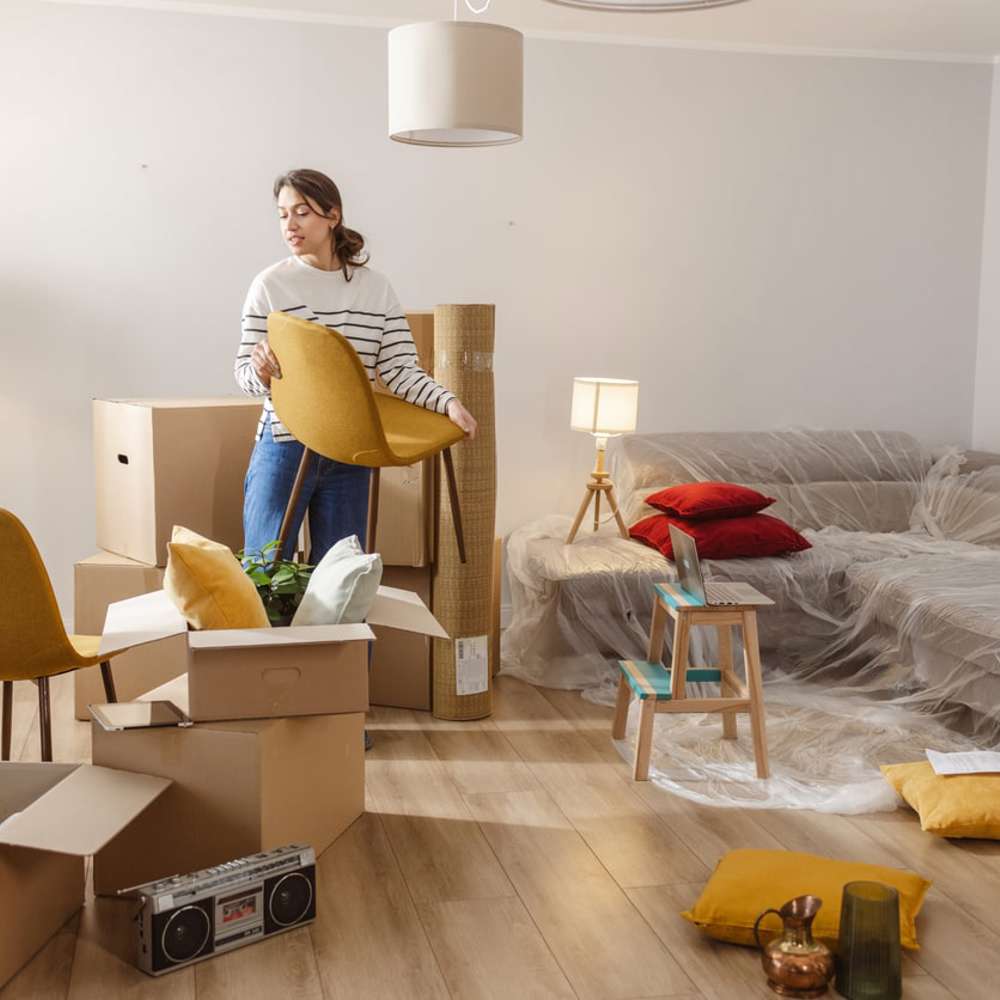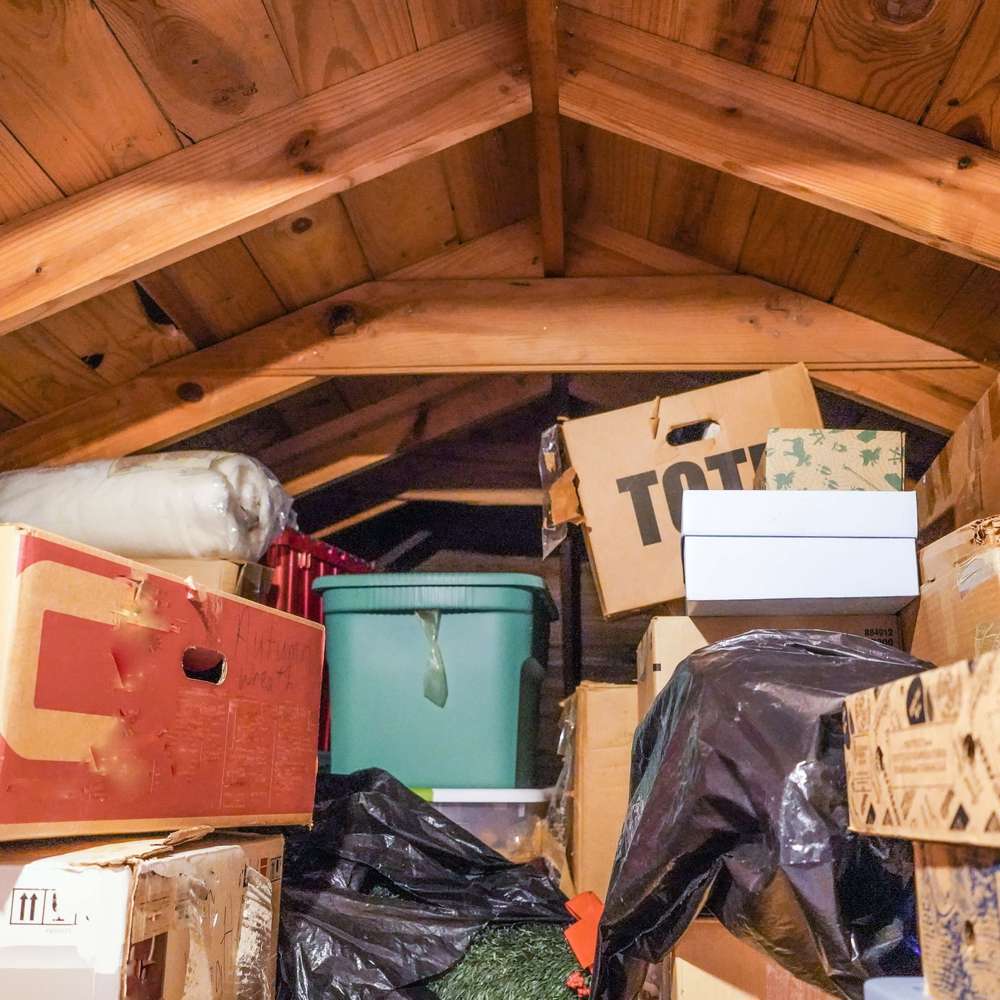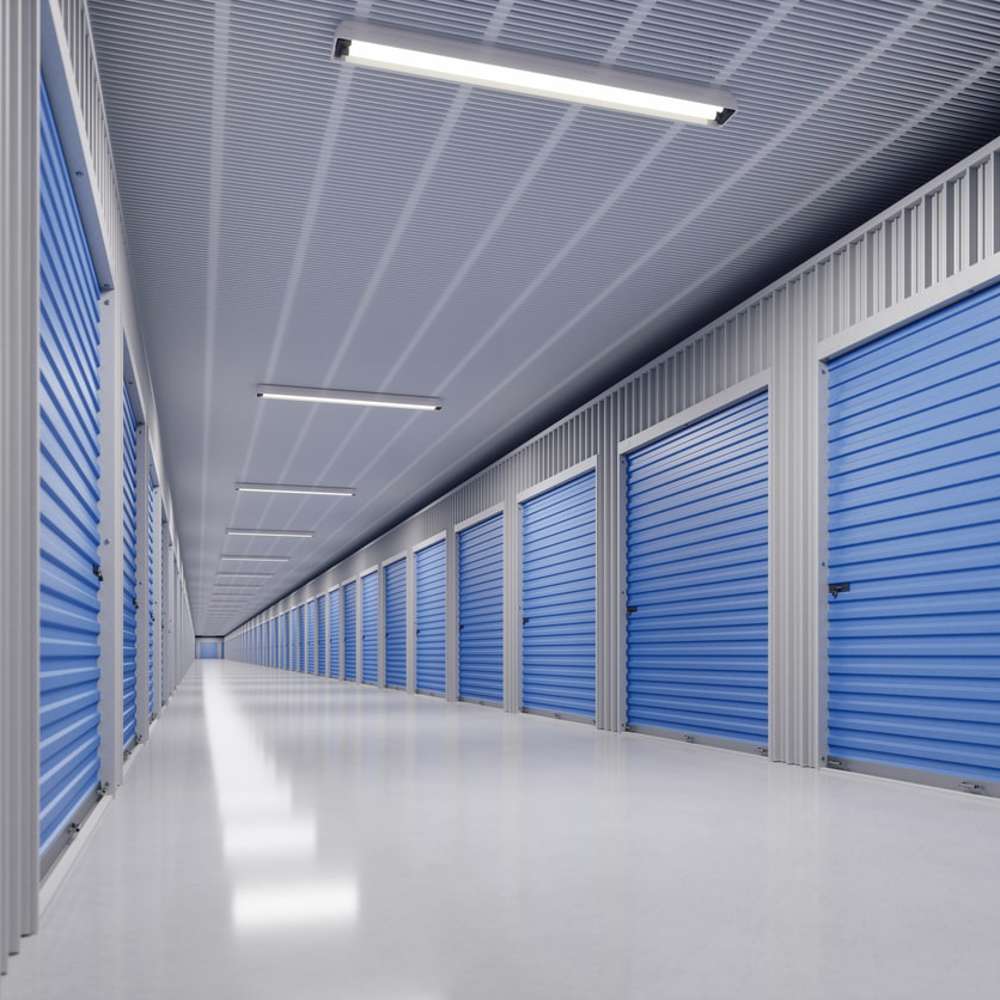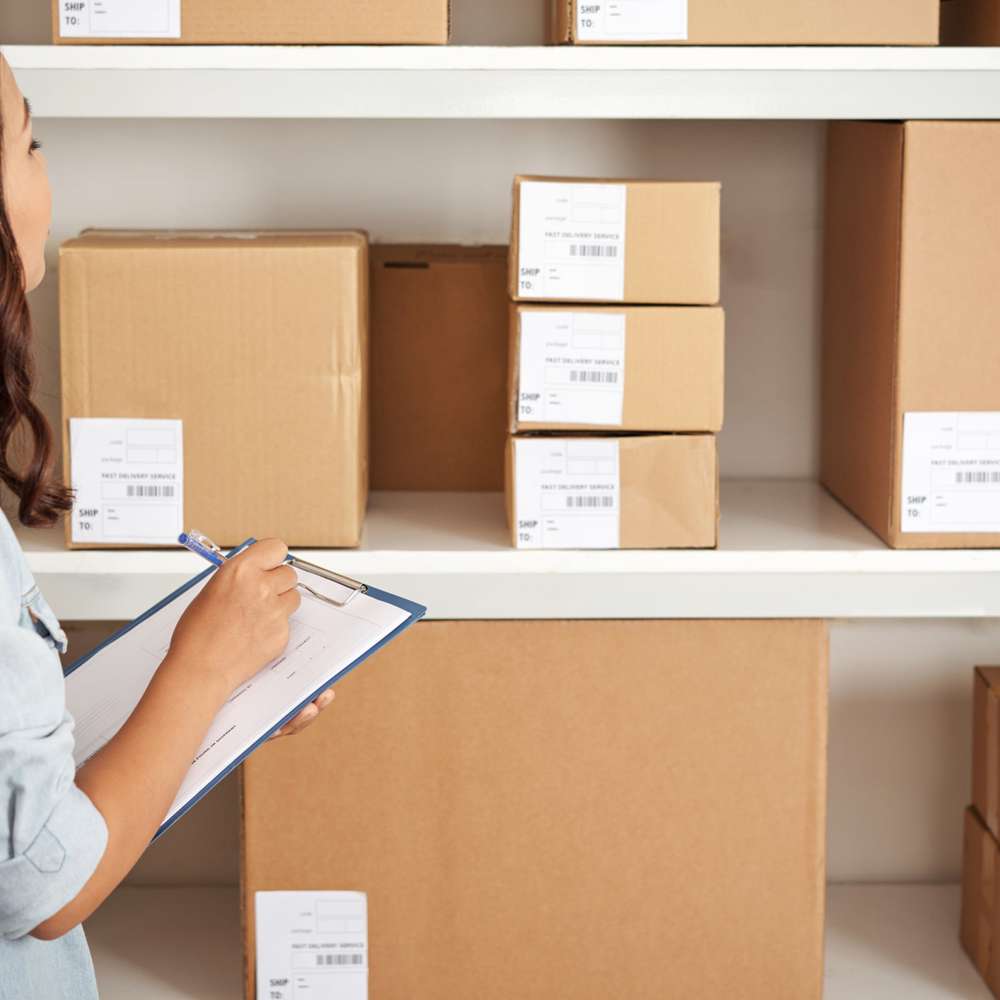Moving from one home to another is more than just a change of address — it’s navigating a maze of timing, logistics and other challenges. If you find yourself getting overwhelmed with the transition, renting a short-term self-storage unit can actually make the entire moving process much less stressful. In this article, we’ll explore some of the key benefits of using self storage during different phases of your move, whether it’s preparing to stage your home, bridging an awkward time gap between leases or keeping your belongings safe during a job relocation.
- Decluttering Your Home Before a Sale
- Easing the Transition Between Homes or Apartments
- Bridging Lease or Timing Gaps
- Protecting Valuables During the Move
- Holding Items You No Longer Have Room For
- Giving You Time to Finish Renovations
- Keeping Your Belongings Safe During a Job Relocation
- Find a Storage Unit Near You
1. Decluttering Your Home Before a Sale
First impressions matter when you’re selling your home. Too much clutter can make even the most charming layouts feel cramped and uninviting to potential buyers, who are more likely to respond to spaces they can envision as their own. Placing unnecessary or bulky items in short-term self storage in the months leading up to a sale can help you highlight the best features of your home, such as spacious closets, large living areas or high ceilings.
Self storage can also come in handy if you’re planning on staging your home. Keeping your existing items temporarily in a storage unit can clear space for you and any professional stagers you’re working with to add a balanced and appealing mix of furniture, lighting and decorative objects that speaks to a larger buyer pool.
| Tip: Decluttering not only helps with selling your home but also simplifies your eventual move. As you go through your items, start organizing the ones you won’t need until after you move into labeled moving boxes. Place them in storage to keep them out of your way while you get your home ready for showings. |
2. Easing the Transition Between Homes or Apartments
Breaking your move into gradual stages can make the process much more manageable. Using self storage as a temporary base for your belongings allows you to move your items in batches rather than all at once. This not only makes the actual moving day less hectic but also gives you plenty of time to organize and decorate your new space without having piles of boxes littering your floor.
If you go the route of moving in stages, it’s important to place items in storage in the right order. You should start with anything you use less frequently — like seasonal decorations, extra bedding and books — to clear your space and give you a head start on packing. Next, place furniture and household goods that aren’t everyday necessities into your unit. If you’re moving over several days or weeks, remember to keep essential items like your bed and kitchenware until the final stages.
It’s a good idea to choose a storage unit that’s close to both your old and new homes to minimize travel time (unless you’re moving across the country). When packing, label each box with its contents and the room it belongs to so you can streamline the process of retrieving items when you’re ready to bring them into your new home.
| Tip: Feeling anxious about your move? Check out our 10 tips to make moving less stressful. |
3. Bridging Lease or Timing Gaps
The period between moving out of an old home and into a new one isn’t always a smooth transition, especially when you don’t have immediate access to your new residence. Self-storage units offer a simple solution to these timing gaps. Since many facilities offer month-to-month terms, you can select a unit size that accommodates your belongings (anything from a few boxes to the entirety of your home) for as long as you need without being locked into a long-term agreement. This kind of flexibility can make a huge difference if you’re facing unexpected delays with your move-in date or if you need to leave your current living situation quickly.
Using self storage during these transitions also allows you to take your time and avoid making any rushed decisions related to housing. Instead of feeling pressured to choose an apartment or home for the sake of the move-in date, keeping your items in storage gives you the freedom to wait for the right living situation that truly meets your needs.
4. Protecting Valuables During the Move
It may be tempting to temporarily keep your belongings in a friend’s garage or rent a pod that you park on the street. While convenient, these solutions don’t offer a secure environment for your belongings, putting them at risk of damage or even theft. Self-storage facilities provide state-of-the-art security features, such as 24/7 surveillance and gated access, providing peace of mind that your valuables are well-protected until you're ready to move them into your new home.
On top of that, many self-storage facilities also offer climate-controlled units that maintain a steady temperature and humidity level, ideal for furniture, electronics and other fragile items that are susceptible to damage by extreme climates and conditions.
5. Holding Items You No Longer Have Room For
If you’re downsizing — i.e., moving from a larger home into a smaller home — you may find yourself grappling with what to bring and what to donate, sell or toss. Self storage offers a temporary or long-term space for you to keep any items you’re not ready to part with just yet, buying you some time to make a decision. This is especially helpful for items with sentimental value or larger pieces that won’t fit into your new home.
6. Giving You Time to Finish Renovations
If you’re moving into (or out of) a home that requires significant renovations, a self-storage unit can act as a temporary home for your belongings, protecting them from dust, paint and other potential damage associated with the remodeling. Before the renovations begin, you’ll want to move your furniture and other items into an appropriately sized storage unit (use our Size Guide if you’re having trouble). If you’re renovating one room at a time, you can rotate your items in and out of storage as needed, eliminating the need for a bigger unit or even multiple units.
7. Keeping Your Belongings Safe During a Job Relocation
If you frequently travel for work or need to relocate to a new city temporarily, you may be wondering what to do with your belongings while you’re away. Renting a self-storage unit for the full duration of your relocation is a more secure and cost-effective solution than moving all your belongings or keeping them in an empty apartment, especially for international or cross-country relocations. This allows you to focus on packing only the items you need for your trip and cuts down on the stress of having to take everything with you. Since many self-storage facilities offer month-to-month terms, you can extend or end your lease according to your job’s timeline.
8. Find a Storage Unit Near You
Moving can be an intimidating experience, but leveraging self storage during the different phases of your move can make the transition much more seamless. If you’re preparing to move in the coming weeks or months, use our Storage Unit Locator to find a facility near you and take the first step towards a more organized and stress-free moving process. For other helpful strategies, checklists and guides related to moving, visit our blog.








